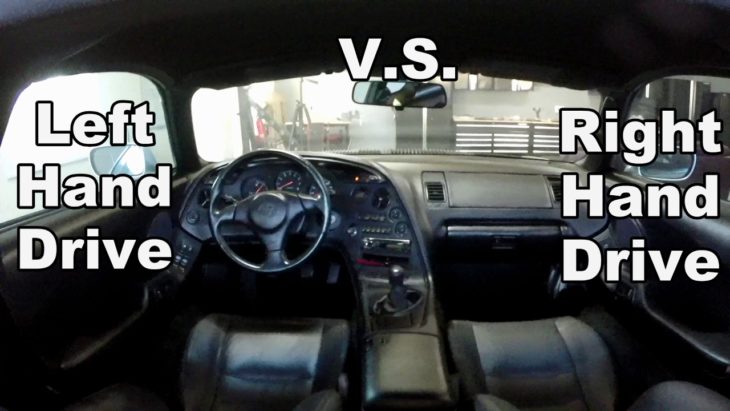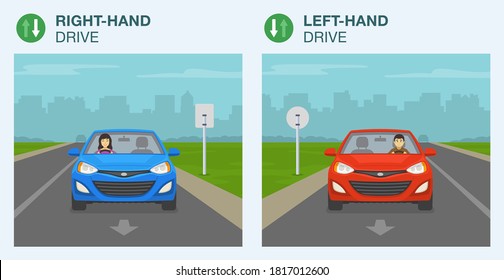Driving on the left side of the road is the norm in many countries around the world, including the United Kingdom, Australia, and Japan. If you're moving to one of these countries from a place where driving on the right side of the road is the norm, you'll need to make some adjustments to your driving habits. One of the most significant changes you'll need to make is switching from a right-hand drive vehicle to a left-hand drive vehicle. Here are some tips to help you make the transition smoothly.
Understanding Left-Hand Drive Vehicles

The first step in transitioning from a right-hand drive vehicle to a left-hand drive vehicle is to understand the differences between the two. In a left-hand drive vehicle, the steering wheel is on the left side of the car, and the pedals are in the same position as in a right-hand drive vehicle. This means that you'll need to adjust to using your left hand for steering instead of your right hand.
Practice Makes Perfect
The best way to get used to driving a left-hand drive vehicle is to practice. Find a quiet road or parking lot and practice driving around in the left-hand drive vehicle. Start by getting used to the position of the steering wheel and the pedals. Then, practice turning, changing gears, and braking. It may take some time to get used to the new position, but with practice, you'll soon feel comfortable driving on the left side of the road.
Be Aware of Blind Spots

One of the challenges of driving a left-hand drive vehicle is that your blind spots will be different. You'll need to be aware of this and make adjustments to your driving habits. Take extra care when changing lanes or merging onto a highway, and always check your blind spots before making a turn.
Follow Local Driving Laws

When driving on the left side of the road, you'll need to follow local driving laws. These laws may be different from what you're used to, so it's important to familiarize yourself with them before you start driving. For example, in some countries, you may need to give way to traffic coming from the right instead of the left.
Get an International Driving Permit
If you're planning to drive in a foreign country, you'll need to get an international driving permit. This is a document that translates your driver's license into several different languages, making it easier for you to communicate with local authorities if you get pulled over or have an accident.
Be Prepared for Different Road Conditions

When driving on the left side of the road, you may encounter different road conditions than what you're used to. For example, in some countries, the roads may be narrower, or there may be more roundabouts instead of intersections. Be prepared for these differences and adjust your driving accordingly.
Conclusion
Switching from a right-hand drive vehicle to a left-hand drive vehicle can be challenging, but with practice and patience, you'll soon feel comfortable driving on the left side of the road. Remember to take extra care when changing lanes or merging onto a highway, and always follow local driving laws to stay safe on the road.